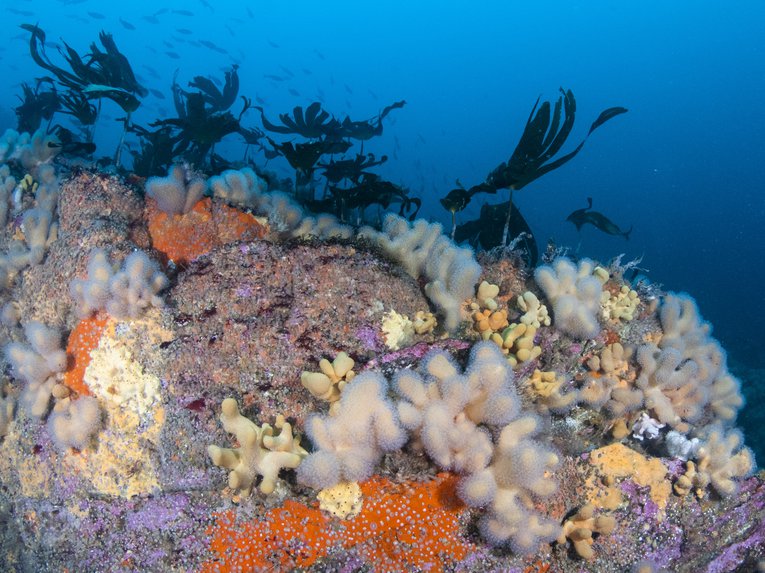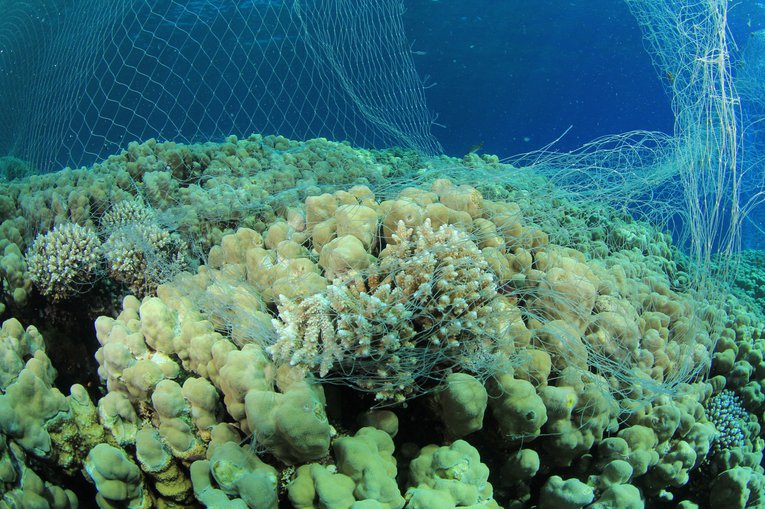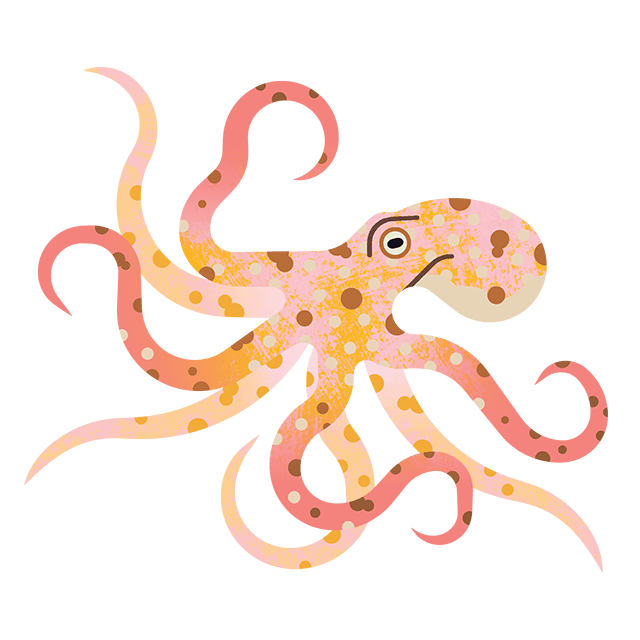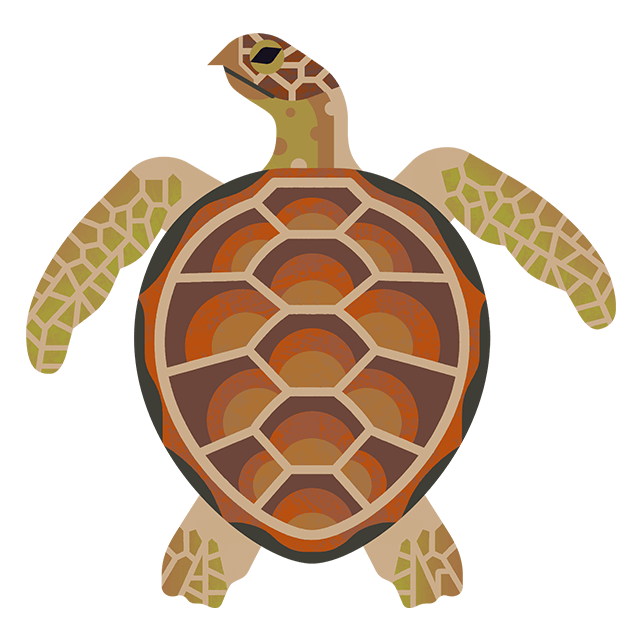
Six facts about corals
3 minute read
Corals are the bustling cities of the underwater world, acting as fish nurseries.
Most people think corals are plants, but they are actually animals related to jellyfish and anemones. Although corals only represent 1% of the world’s oceans, they support 25% of all marine species.
Here are six more facts you (probably) didn’t know about corals.
1. White sandy beaches are made of corals

Credit: Theerasak Tammachuen via Shutterstock
Parrotfish nibble on corals to digest the nutritious algae attached to them. Once they’ve extracted everything, they excrete the coral as sand, helping to create the white sandy beaches we enjoy. On average, a single green humphead parrotfish can produce 90kg (200lb) of sand each year.
2. They find plastic tasty

Credit: Canetti via Shutterstock
Most animals eat plastic because of the way it looks – for example, sea turtles think plastic bags look like jellyfish. But in the case of corals, new research suggests they actually find plastic tasty. The chemical additives found in it seem to be acting as a stimulant that makes it appealing to corals.
3. They are an underwater pharmacy

Credit: Kirsty Andrews
Corals are the medicine cabinets of the 21st century, according to the US Department’s National Oceanic and Atmospheric Administration (NOAA). Living an immobile life means corals have had to evolve chemical defence mechanisms to keep predators at bay. Scientists keep discovering new medical treatments, cosmetics and other commercial products derived from these unique compounds. Their contribution to medicine is invaluable.
4. Barrier reefs are literally a barrier

Credit: Georgie Bull
Everyone has heard of the Great Barrier Reef, the world’s largest coral reef system in Australia. But it is not the only one of its kind. Reefs are called ‘barriers’ when they run parallel to the coastline, protecting the shallow waters from the open sea. They also act as a barrier against tsunamis and landslides.
5. Corals outlived dinosaurs

Credit: Georgie Bull
Corals were around at the time of the dinosaurs – they are 500 million years old. Since they grow very slowly, at an average rate of just 2cm per year, some of the corals we see today have taken as long as 50 million years to form. This is why scientists are so concerned when corals die – once they’re gone, their populations won’t be restored within a human lifetime.
6. White coral is stressed coral

Credit: Rich Carey via Shutterstock
White coral might look beautiful, but it’s very bad news. Corals depend on microorganisms to get 90% of their food. When there are drastic changes in temperature, light and nutrients (through pollution and runoff), algae abandon the corals. After they leave, the corals lose their colour and eventually die from disease or a lack of food. 93% of the Great Barrier Reef was hit by the most recent global coral bleaching event in 2016, reminding us of the fragility of these unique animals.



